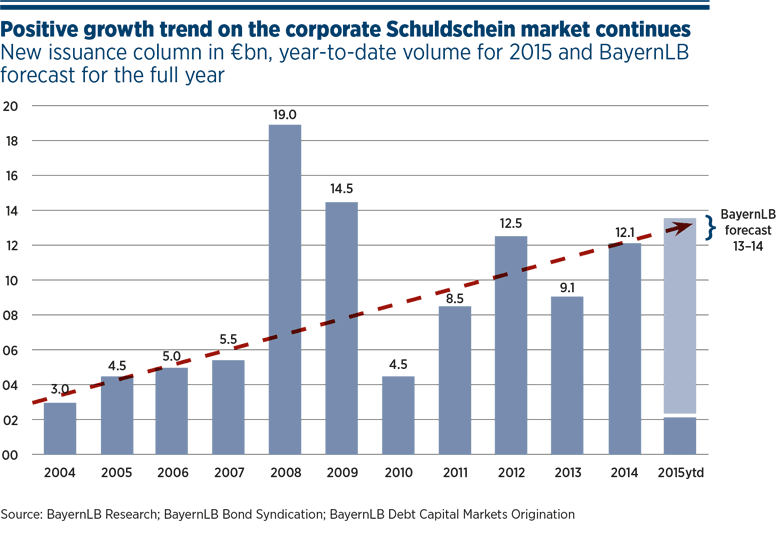
In January, data from messaging provider SWIFT revealed that the Chinese currency had broken into the top five most-used global currencies (see http://tinyurl.com/nrhasnm). After overtaking the Canadian dollar and the Australian dollar, it now sits behind the US dollar, the euro, the British pound and the Japanese yen.
Wim Raymaekers, head of banking markets at SWIFT, described the breakthrough as an “important milestone”. “It is a great testimony to the internationalisation of the renminbi and confirms its transition from an ‘emerging’ to a ‘business-as-usual’ currency,” he said.
Over the past few years, China’s government has been committed to pursuing policies of both internationalisation and liberalisation with regard to its currency. Internationalisation refers to the renminbi becoming a freely convertible currency that will increasingly be used in international trade and investment.
The Chinese government’s approach to regulatory reform appears to be broadly based on the principle that it is ‘crossing the river by feeling the stones underneath’
Liberalisation refers to the easing up of restrictions on capital flows that are denominated in renminbi.
While there is still some way to go in terms of both the internationalisation and the liberalisation of the renminbi, recent developments have been a significant boost to corporate treasurers looking to manage liquidity and risk on behalf of their company’s Chinese operations.
The Chinese government’s approach to regulatory reform appears to be broadly based on the principle that it is ‘crossing the river by feeling the stones underneath’.
It tends to pilot new policies in the Shanghai Free Trade Zone and then look to roll them out nationwide. But the sheer size of China – in terms of both geography and population – and the scale of the regional disparities mean that, while the overall direction of travel may seem clear, the operational details involved with the journey can be challenging.
A major step forward in the internationalisation of the renminbi came in July 2013. Under a new regulation, corporates were allowed to lend excess cash from their Chinese businesses to overseas corporates. At that point, the concept of excess liquidity – also known as ‘trapped cash’ – was no longer valid in China. Instead, cash that is generated from a company’s normal operations in the country can be freely lent to corporates in other markets.
Meanwhile, there have also been major developments regarding the liberalisation of the renminbi over the past couple of years. In July 2013, the People’s Bank of China (PBOC) acted to liberalise interest rates by removing the lending rates floor. Then, in March 2014, it widened the renminbi’s daily trading band against the dollar from 1% to 2%. Finally, last November, it lifted the cap on interest rates for deposit accounts, allowing banks to offer deposit rates at up to 20% above the central bank’s base rate, twice the previous 10% limit.
Further evidence of the Chinese government’s commitment to accelerating regulatory reform can be seen in the establishment of the free trade zones. The Shanghai Free Trade Zone was founded in September 2013, while free trade zones in Fujian, Tianjin and Guangdong are expected to be launched in 2015.
FX used to be a challenge for corporate treasurers with operations in China
In 2014, the Shanghai Free Trade Zone became the first location in China to allow treasurers to implement real, two-way, cross-border cash concentration and cross-border sweeping using renminbi. In this context, ‘two-way’ means that companies are able to borrow money from overseas and use it – in the form of intercompany loans and other financial structures – to finance their expansion in China.
The policy of two-way sweeping is now being rolled out nationwide, although more restrictions apply to the nationwide version than to the Shanghai Free Zone policy. With the nationwide strategy, domestic participants must have a turnover above CNY 5bn, for example, while the revenue for overseas participants must be above CNY 1bn. Also, the participant must have been established for at least three years.
In the Shanghai Free Trade Zone, these requirements do not apply so long as the participant has a presence there. Furthermore, the nationwide policy applies a limit of 10% of the participant’s total equity to cross-border funds coming in, but there is no hard cap in the Shanghai Free Trade Zone (there has to be evidence that the money is for genuine working capital purposes).
In the past, companies tended to be restricted to domestic cash-pooling arrangements in China, and they had limited options with regard to what they did with their ‘excess liquidity’ that was denominated in renminbi.
Now that they can make use of cross-border sweeping to manage their liquidity, their options are significantly greater. It can take less than three months to set up cross-border sweeping in China and while the members of the cash pool need to be related to each other, they can be multiple levels removed from the holding company as long as they belong to the same group.
On top of this, the PBOC allows ‘payment-on-behalf-of’ and ‘receipt-on-behalf-of’ structures for cross-border transactions in both the renminbi and foreign currencies. This is good news for companies that make use of payment factories or in-house banks to handle payments on behalf of their subsidiaries. Documents are still required, but China will also accept a paperless or automated process for some cross-border transactions.
FX used to be a challenge for corporate treasurers with operations in China. Trading in renminbi primarily took place onshore and there were limited hedging products available. Now, treasurers can take advantage of the onshore and the offshore renminbi markets when they want to convert currency, and they have more hedging options.
In principle, treasurers are still restricted to converting foreign currency into renminbi on a ‘need’ basis, ie, when the company has a legitimate trading need in order to make an investment. But ideally, they would want to do the conversion on a ‘willingness’ basis, ie, when the market is in their favour.
This principle hasn’t changed, although there is a question mark hanging over it in the sense that corporates can undertake conversions on a willingness basis if they make capital injections into China. They can convert currency at any time subject to these two conditions:
The proceeds of conversion must be in a special account. When the company needs to use the proceeds, it must show the conversion document to the bank.
The company can convert foreign currency into renminbi, but it cannot convert back from renminbi into foreign currency. This condition exists to prevent companies from trading on the market.
We have seen significant progress in the internationalisation and liberalisation of the Chinese currency over the past few years. And while there are still restrictions in place, particularly outside of the free trade zones, it is likely that the pace of change will only accelerate further as the renminbi continues to solidify its position as a ‘business-as-usual’ currency.

Lewis Sun is head of global payments and cash management, HSBC China
